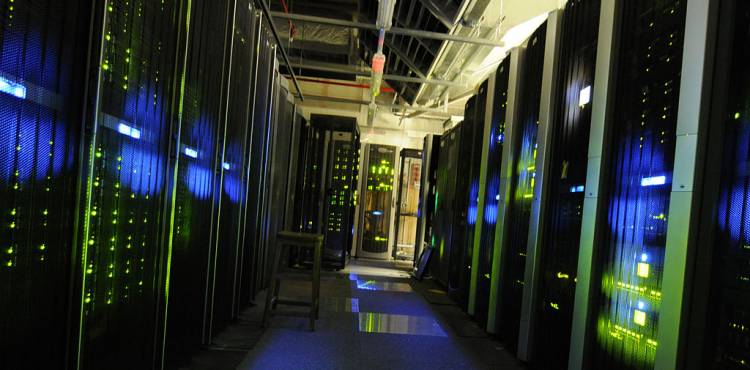The benefits of using a content delivery network

When a website is slow to load, consumers are quick to leave. And when consumers don’t stick around, revenues suffer. According to an often-cited study conducted by the Aberdeen Group, something as minimal as a 1-second delay can result in 11 percent fewer page views, a 16 percent decrease in customer satisfaction and a 7 percent drop in conversions.
For most business owners, a 7 percent decrease in online sales is motivation enough to improve page performance. Unfortunately, however, sales aren’t the only thing to suffer when pages load slowly. In addition to producing a lackluster user experience, Google ranking can take a hit, too. And this has been the case since 2010 when Google included site speed in its algorithm.
“Speeding up websites is important — not just to site owners, but to all Internet users,” Google explained on its Webmaster Central Blog. “Faster sites create happy users and we've seen in our internal studies that when a site responds slowly, visitors spend less time there. But faster sites don't just improve user experience; recent data shows that improving site speed also reduces operating costs. Like us, our users place a lot of value in speed — that's why we've decided to take site speed into account in our search rankings.”
Although Google tempered its warnings by saying that site speed doesn’t carry as much weight as site relevance, SEO experts would agree that every improvement counts. Therefore, performance tuning for eCommerce websites should always be a part of general maintenance activities.
In a recent NetSphere Strategies blog, page load performance was broken into three principal categories: front-end tuning, back-end tuning and network tuning. In that blog, front-end tuning was highlighted as driving the biggest bang for the buck for page load performance improvements. Network tuning came in second in terms of efforts that can reap the most site speed results.
Essentially, network tuning is all about caching web content at the network edge versus at the client or server location. By caching the content closer to the end user who is issuing the request, latency time is reduced. In layman’s terms, network tuning will allow a website visitor to access a site and all of that site’s assets quicker because it’s coming from the closest server possible. A content delivery network, or CDN, makes that happen.
A CDN is a collection of web servers that replicates content from the origin server to cache servers, which are scattered across various geographic locations throughout the World Wide Web. The purpose of a CDN is to offload content traffic served directly by the website itself. If a site owner caches his or her content with a vendor’s CDN, the round trip time to deliver content is greatly reduced, hence the reduction in page load times.
When a CDN isn’t used, user requests for content are processed on the server where the website resides, requiring the server to allocate memory and CPU cycles to process those content requests. This effectively slows down the overall response time to user inquiries and your HTTP requests. In other words, the further your content is from your clients and customers, the more pronounced the benefits of a CDN will be.
A good rule of thumb is that about 60 percent or more of the delay in page performance is linked to downloading static page components – the exact problem that a CDN solves. CDN providers come in all shapes and sizes, depending on the needs of the website. There are free services for small organizations, but paid offerings are recommended for bigger eCommerce sites. Some of the top providers include Akamai, CDNetworks and Amazon’s CloudFront.
So whether the motivation is to increase revenue, improve the customer experience or rise to the top of a Google results page, optimizing site speed should be the goal of every website owner. To get assistance improving your site’s page load times, get in touch with the eCommerce experts at NetSphere Strategies. We’d be happy to help you take advantage of the benefits a CDN and overall performance tuning can deliver.